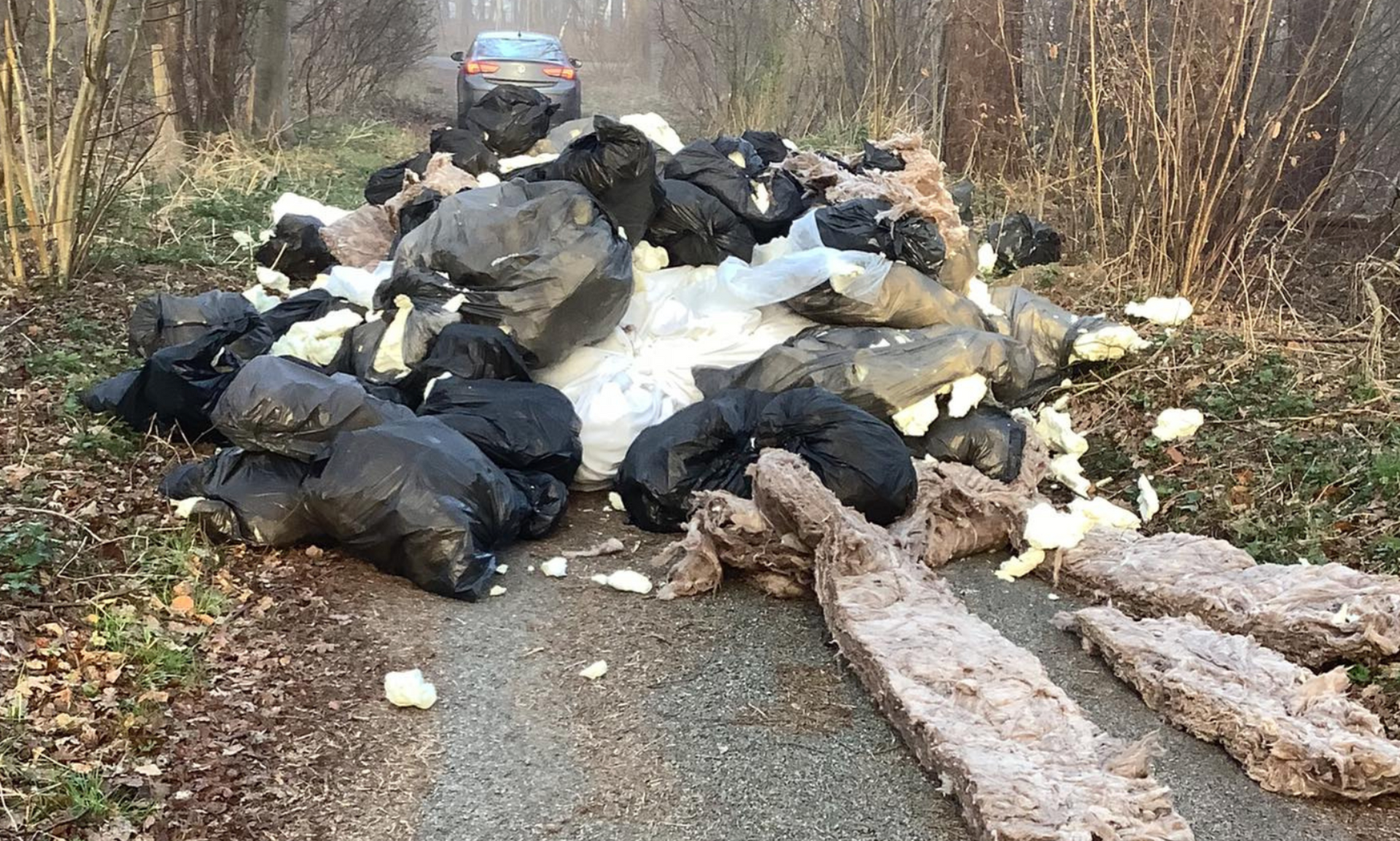A Closer Look at the Administration Expenses and Household Impact, as Assessed by the National Audit Office
In a bid to tackle climate change and improve energy efficiency across the nation, the UK government introduced the Green Homes Grant initiative. However, recent findings from the National Audit Office (NAO) shed light on the financial implications and effectiveness of this program.
The Green Homes Grant was launched with noble intentions: to assist homeowners in making energy-saving improvements to their properties while simultaneously reducing carbon emissions. Under this scheme, households were eligible for vouchers of up to £5,000 (£10,000 for low-income households) to cover the cost of insulation, double glazing, and other eco-friendly enhancements.
Despite its admirable goals, the initiative encountered significant hurdles, particularly in its administrative processes. The NAO report reveals that for every household that benefited from the grant, approximately £1,000 was spent on administration costs. This revelation raises questions about the efficiency and cost-effectiveness of the program.
One of the primary challenges cited by the NAO was the rushed implementation of the scheme, which led to inadequate preparation and insufficient time for training staff and contractors. As a result, delays and administrative errors plagued the process, hindering the smooth delivery of grants to eligible households.
Moreover, the complexity of the application process deterred many homeowners from participating. The requirement to obtain multiple quotes from accredited contractors and navigate through various eligibility criteria created confusion and frustration among applicants. Consequently, uptake was significantly lower than anticipated, leading to underutilization of allocated funds.
While the Green Homes Grant initiative aimed to reduce carbon emissions and lower energy bills for households, its impact fell short of expectations. The NAO report highlights that the program is unlikely to achieve its target of upgrading 600,000 homes by March 2022, with only a fraction of the intended renovations completed within the stipulated timeframe.
Despite these shortcomings, it is essential to recognize the importance of investing in energy-efficient measures to combat climate change and alleviate fuel poverty. However, the effectiveness of future initiatives must be carefully assessed and improved upon to ensure optimal utilization of resources and maximum benefit to homeowners.
In conclusion, the Green Homes Grant initiative, though well-intentioned, has faced significant challenges in its implementation, resulting in high administrative costs and limited household impact. Moving forward, policymakers must learn from these experiences and design more streamlined and accessible programs to promote sustainable living and support homeowners in their efforts to reduce carbon emissions and energy consumption.













